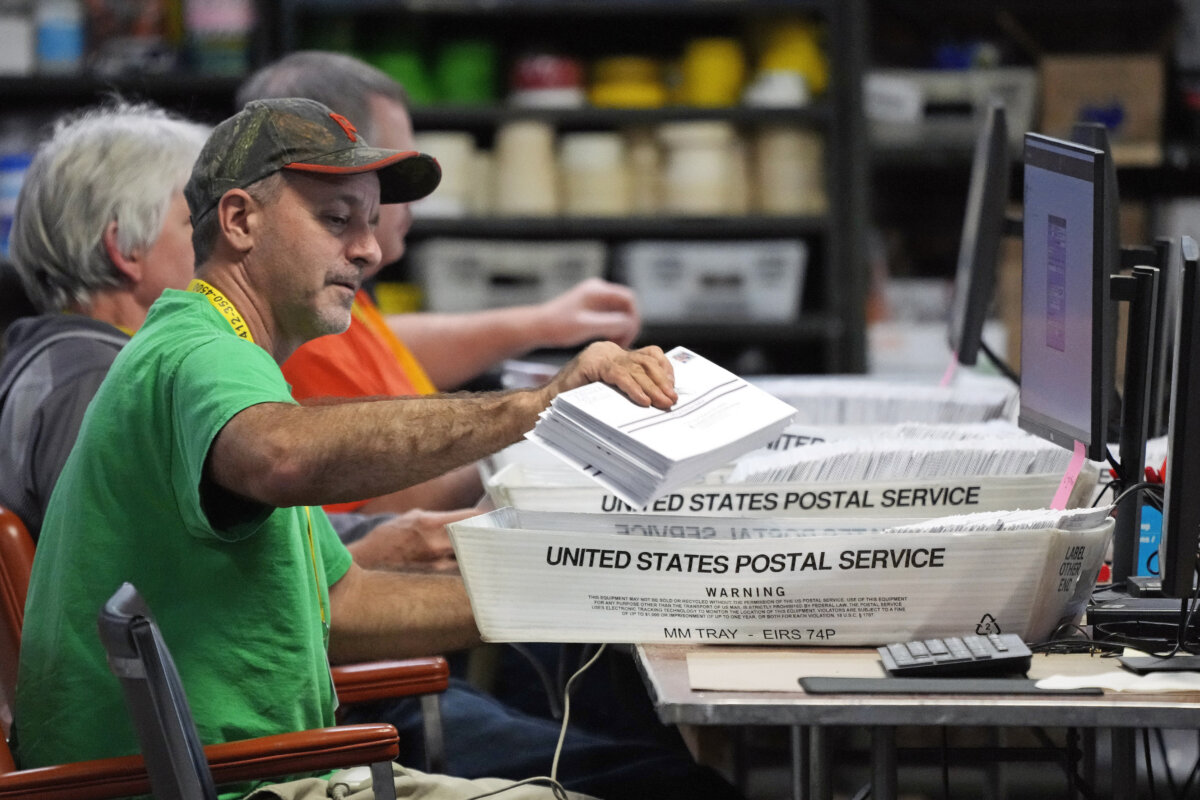They think they are getting a better life – a new job, a safer place to live, maybe even love.
Instead, after leaving a village in central Mexico, these women find themselves forced into sex in New York City.
For years, hundreds of women have traveled from San Miguel Tenancingo, a village in the state of Tlaxcala, Mexico, with their eyes toward New York, only to become embroiled in sex trafficking. The Urban Justice Center’s Sex Workers Project released a report last week detailing dozens of nightmarish experiences.
Trafficking, which refers to any forced work through coercions like violence or fraud but often involves forced sex, usually begins with a hint of a job somewhere else, maybe a friend’s restaurant.
In Tlaxcala, said Sex Workers Project co-director Sienna Baskin, traffickers court women that grew up nearby or pass through looking for better jobs, convincing them they can help.
“The destination was pretty much right away New York,” Baskin said.
The 37 people, including two transgender women and one man, said once in the city, those promises evaporated and victims were instead, often violently, pressed into prostitution.
“This man appeared, an acquaintance of my aunt. … he said, ‘I’m going to take you to my aunt’s, and she can give you a job and you can live there,” a woman who was trafficked named Meena said in the report. “I thought that was a really good idea, but it wasn’t like that.”
One woman Baskin described, Marcella, was trafficked by her boyfriend, a violent drug addict. When he lost his job, he pressured her to sell her body in Mexico. Eventually, he sent her to New York to prostitute under people he knew, threatening to bar her from their daughter, who he kept.
After 10 years, she escaped, finding the Sex Workers Project, which eventually reunited her with her daughter and helped through the prosecution of the New York pimps. Her trafficker is still at large.
“It’s a happy ending, sort of,” Baskin said. “But it was a very long road.”
Congresswoman Carolyn Maloney, co-chair of the Congressional Human Trafficking Caucus, first fought trafficking after finding out a city tour company was selling tours to “thinly veiled brothels” in 1999.
“It’s an absolutely horrific crime,” she told Metro. And it shows no sign of ebbing, she said.
“It is so lucrative,” she said. “Unlike drugs and guns that can be only sold once, the human body can be sold again and again.”
More help for victims
President Barack Obama just pushed last week at Manhattan’s Clinton Global Initiative to end trafficking, which he called “modern slavery.” He vowed to increase border-control officials’ training and make it easier for victims to get visas to stay safely in the States.
The Urban Justice Center suggests that more resources should be allocated to connecting trafficking victims with their children, who are often kept by the trafficker as a way to control the victim, such as in the case of Marcella. Also, activists want the government to stop requiring that trafficking victims cooperate with law enforcement in order to stay in the United States – this puts them at great risk, advocates say, fearing traffickers’ retaliation.
















